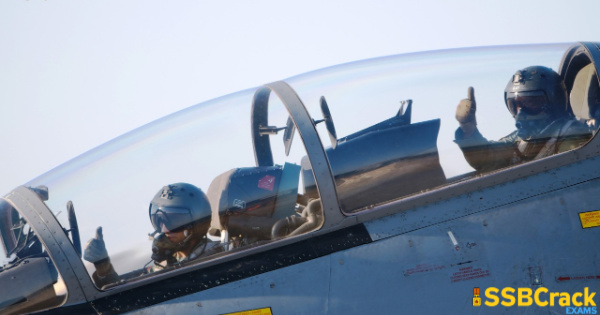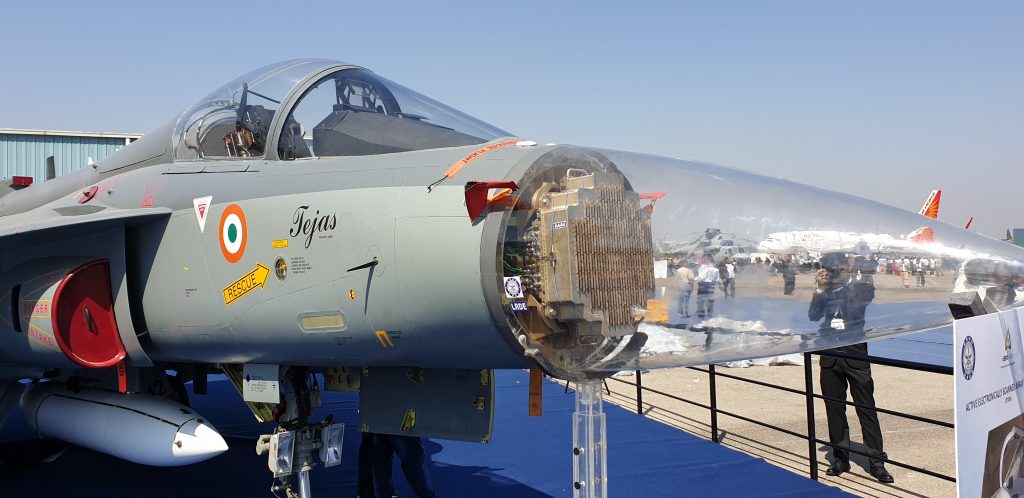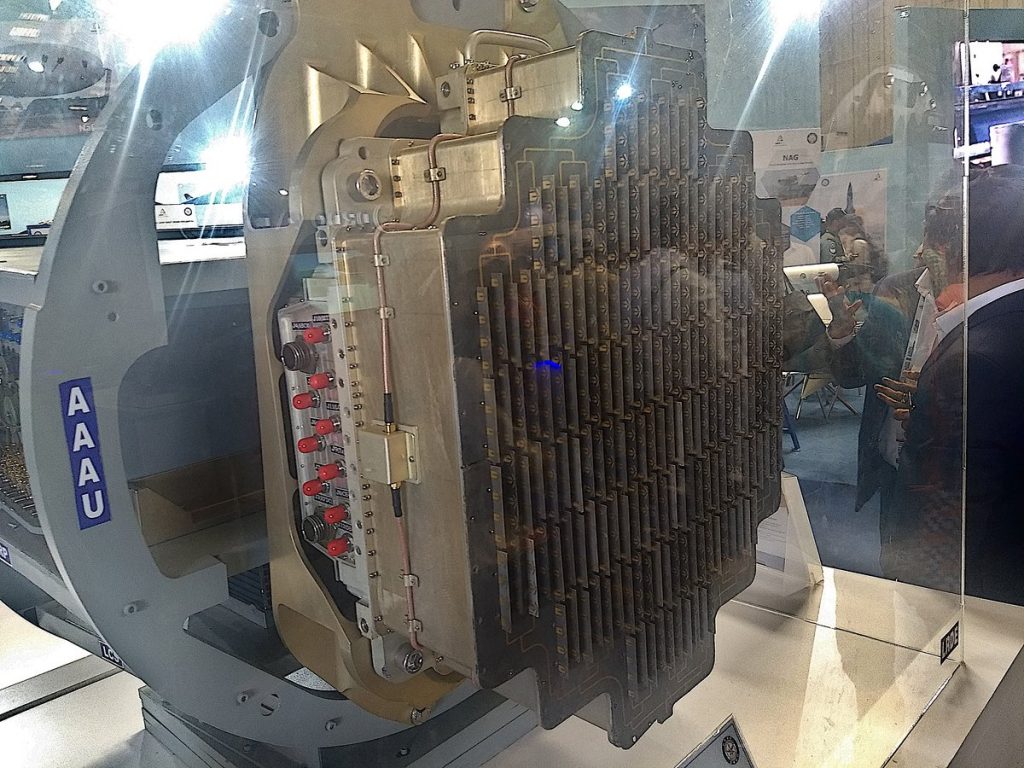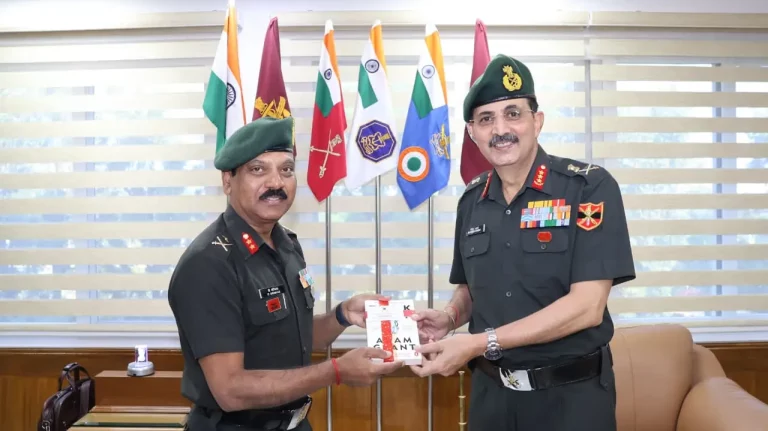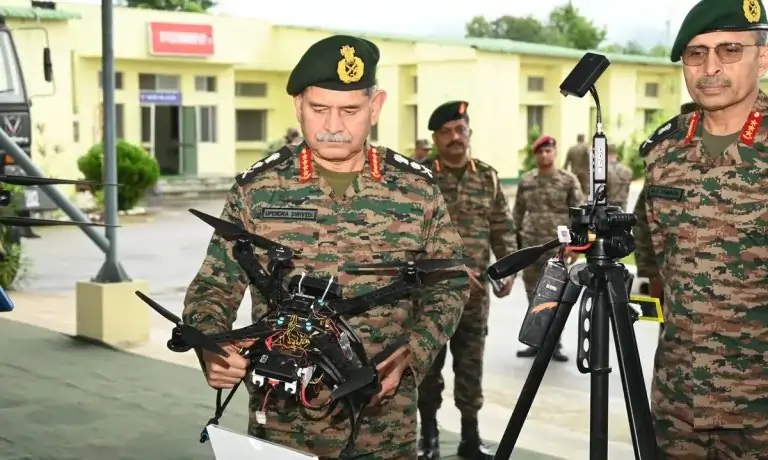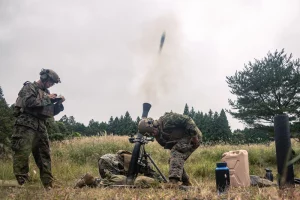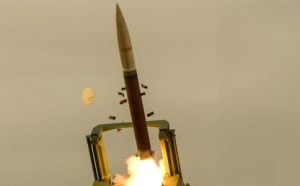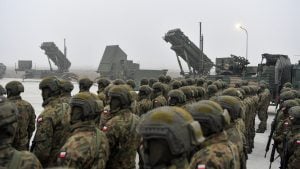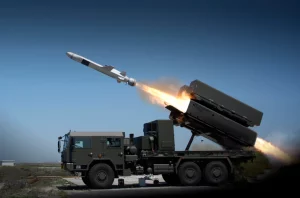The long-delayed Super Sukhoi program is about to be launched in India. The Indian Ministry of Defence has already requested $4 billion USD. 150 of the 260 operationally ready Su-30MKI fighters will be completely modernized.
Nearly two years ago, the Super Sukhoi program was supposed to begin. Russian troops invaded Ukraine in 2022, delaying the Indian Air Command’s plans. However, the time has come for a change, and with China posing a threat, India is prepared to invest in the backbone of its Air Force.
The replacement of electronics, sensors, and weapons will be the primary focus of modernization. If the program is completed on time, India will have a better Su-30 than the original manufacturer, the Soviet Union/Russia. The replacement of the obsolete Soviet N011M Bars radar with a locally developed UTTAM AESA Radar is noteworthy.
N011M Bars Phased Array-Slotted Planar Array Radar
The N011M Bars is the earliest radar in the family of Bars, which first appeared in the 1980s. The max power output of the radar’s two independent, electronically controlled arrays is 4-5 kW. He set his beams in position for 400 microseconds.
Also read: How Electronic Warfare System Revolutionized Dog Fights Between Fighter Jets?
The N011M Bars’ maximum search radius during a mission is 400 kilometers. With the backtracking and scanning feature, this is not the case. The Su-30MKI’s range is halved, or 200 km, when it must track a target. The radar’s rearward range is only 60 kilometers. Four air targets can be intercepted by the N011M Bars by engaging them directly. But radar has three times the tracking capacity and can simultaneously track up to 16 aircraft targets. The Indian Su-30’s current radar system can detect targets on the ground at a distance of up to 60 km during air-to-ground missions. But the Su-30MKI’s range was extended to 120 km by the Russians many years ago through an update. N011M Bars uses real beam, doppler beam, or synthetic aperture radar to map the terrain surface.
Uttam AESA Radar
The new radar to be integrated into India’s Su-30MKI is the Uttam AESA radar. It was first displayed in 2019 during an exhibition in India. Indians have been working hard in recent years to improve it. They appear to have already reached the final stage.
This radar will be integrated not only into India’s Soviet-made Su-30MKI fighter jet but also into the indigenous TEJAS fighter jet and other Indian air weapon systems. As India plans to develop its own fifth-generation fighter jet, this radar will be integrated into the HAL-AMCA stealth fighter project, albeit in a larger and improved version.
Also read: Significance Of IAF No. 50 Squadron Which Operates Phalcon AEWCS
The Uttam is powered by water-cooled quad-frequency modules. The radar can track 50 targets at a distance of more than 100 kilometers while engaging four targets at the same time. The radar will be able to operate in multiple modes at the same time. It includes an integrated pulse doppler, which improves launch capabilities.
Some of the radar’s new features include high ECM immunity, an ultra-low side-lobe antenna, flexible interfaces, a fast-beam agile system, modular hardware and software, high mission reliability, and IFF modes.
Modes of Operations
The Uttam AESA radar has 18 modes of operation in the Air to Air, Air to Ground, and Air to Sea roles. The modes have been validated on a business jet, and further proofing on TEJAS is being done to validate them on a supersonic platform. The radar can operate in three modes: air-to-air, air-to-ground, and air-to-sea.
To crack the SSB Interview, You can join our SSB interview live classes batch and we recommend you to Enroll SSB INTERVIEW ONLINE COURSE. Trusted by thousands of defence aspirants.
Also read:
